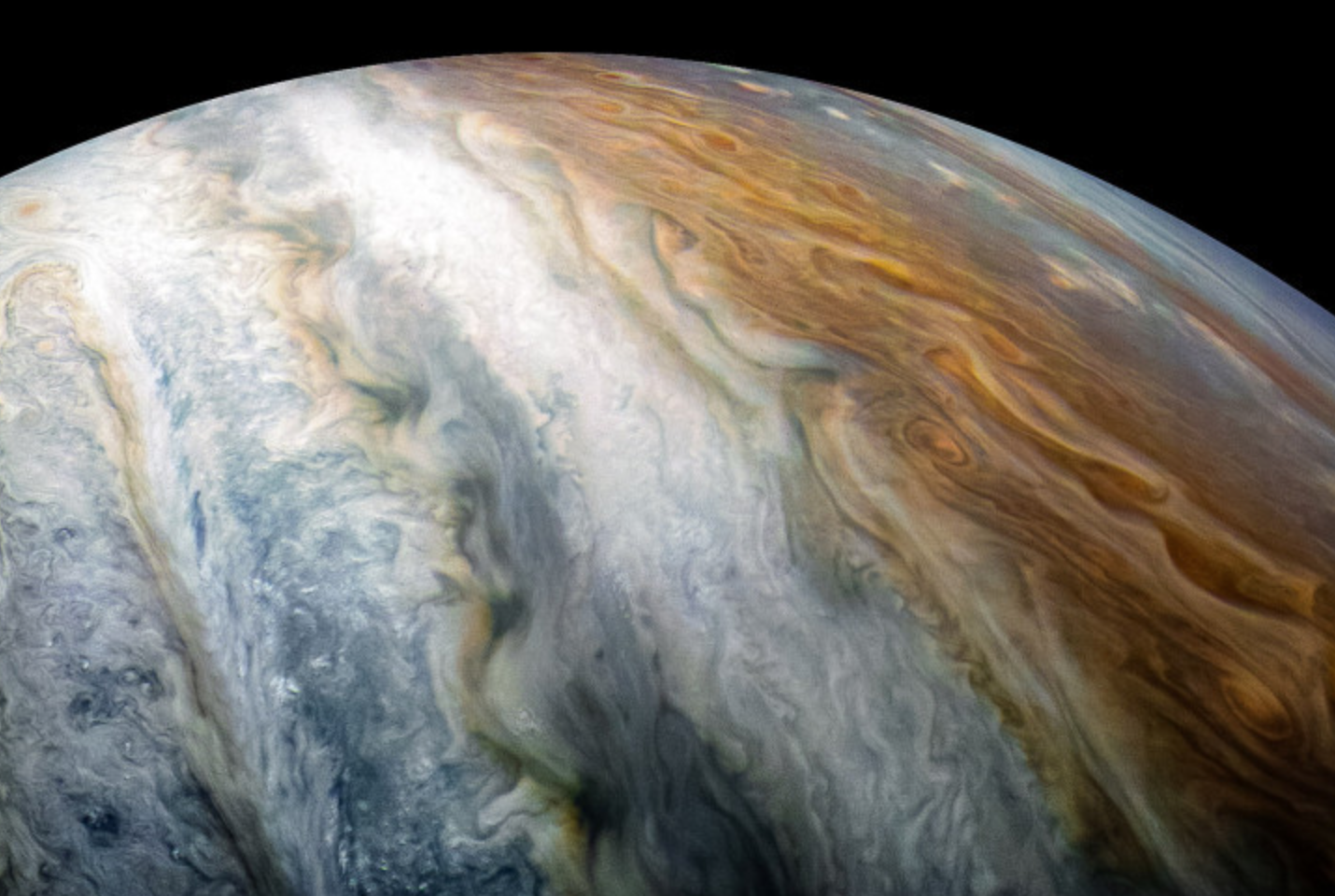Stargazers are in for a summer treat with three out-of-this-world events over the next week, ranging from shooting stars to a great planetary “romance” in the night-sky.
Dr Brad Tucker, an astronomer from The Australian National University (ANU), said the space party starts with the Geminid meteor shower from Monday morning.
“Some years are better than others, and this year should be a good one,” Dr Tucker, from the ANU Research School of Astronomy and Astrophysics, said.
“The moon will be just before a new phase, so we’ll have some awesome dark skies.”
The Geminids is an annual meteor shower, when Earth passes through the tail of the asteroid 3200 Phaethon. Small rocks break away from the asteroid and burn up in the atmosphere to produce this spectacular event. The name Geminid comes from the Gemini constellation where the meteor shower appears to originate in the sky.
3200 Phaethon does one orbit in 1.4 Earth years, and bits of the asteroid come off as it passes around the sun.
“To see the shooting stars, you want to be in the darkest spot possible with a clear view to the north,” Dr Tucker said.
“When you go outside, let your eyes adjust for five to 10 minutes and then keep a nice, wide view. No special equipment is required.
“You can expect to see 15 to 40 meteors or shooting stars per hour. People in the north of Australia will see the most, but the shooting star show is visible all across Australia.”
Dr Tucker said the best time to see the meteor shower is from 2am until sunrise.
Then it is Jupiter and Saturn’s turn to shine on Thursday 17 December, Dr Tucker said.
“Jupiter, Saturn and the moon will form an awesome grouping in the sky,” he said.
“A little bit after sunset, from about 8.30pm, look towards the west. You’ll see a thin crescent moon and two bright objects right next to it. That will be Jupiter and Saturn.”
Dr Tucker said the show ends with a bang: Jupiter and Saturn “kissing”, which is a once-in-a-20-year event called the “Great Conjunction”.
“You might think of Mars and Venus being the romantics – possibly in a stormy relationship – but it’s actually Jupiter and Saturn getting close and personal,” he said.
“If you have a small telescope or pair of binoculars, you can see Jupiter and Saturn appearing to touch each other – you should be able to see the rings and shape of Saturn and the moons of Jupiter.
“This is a special event, and the closest one since 1226. It will also be the longest day of the year, occurring on the summer solstice.”


